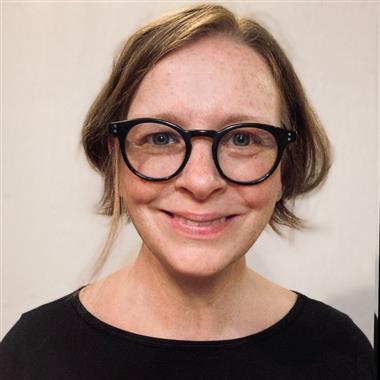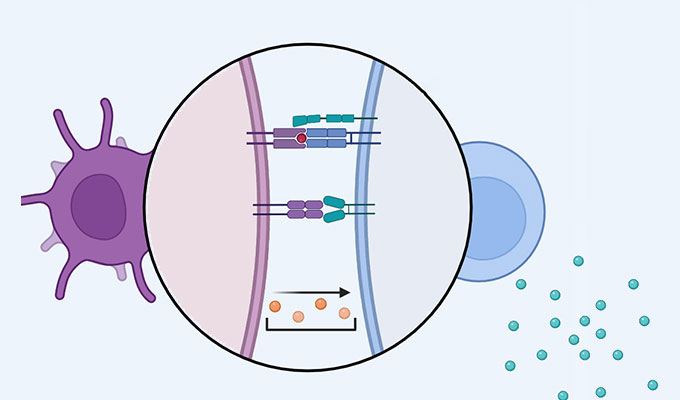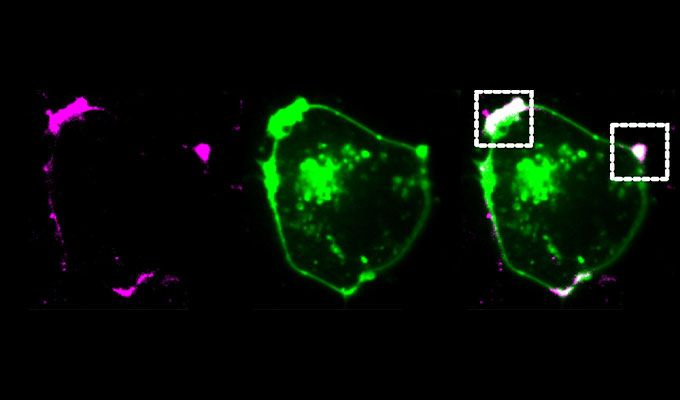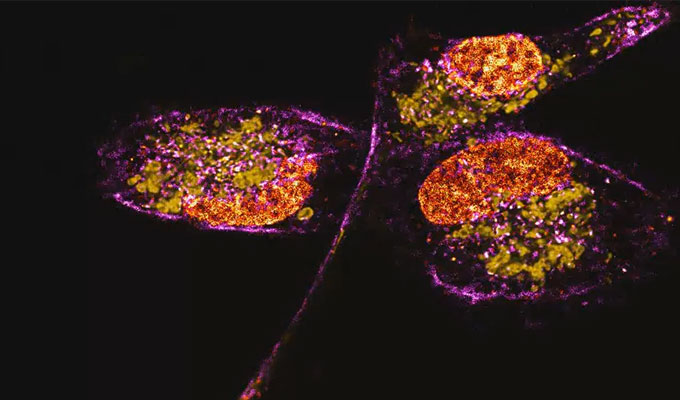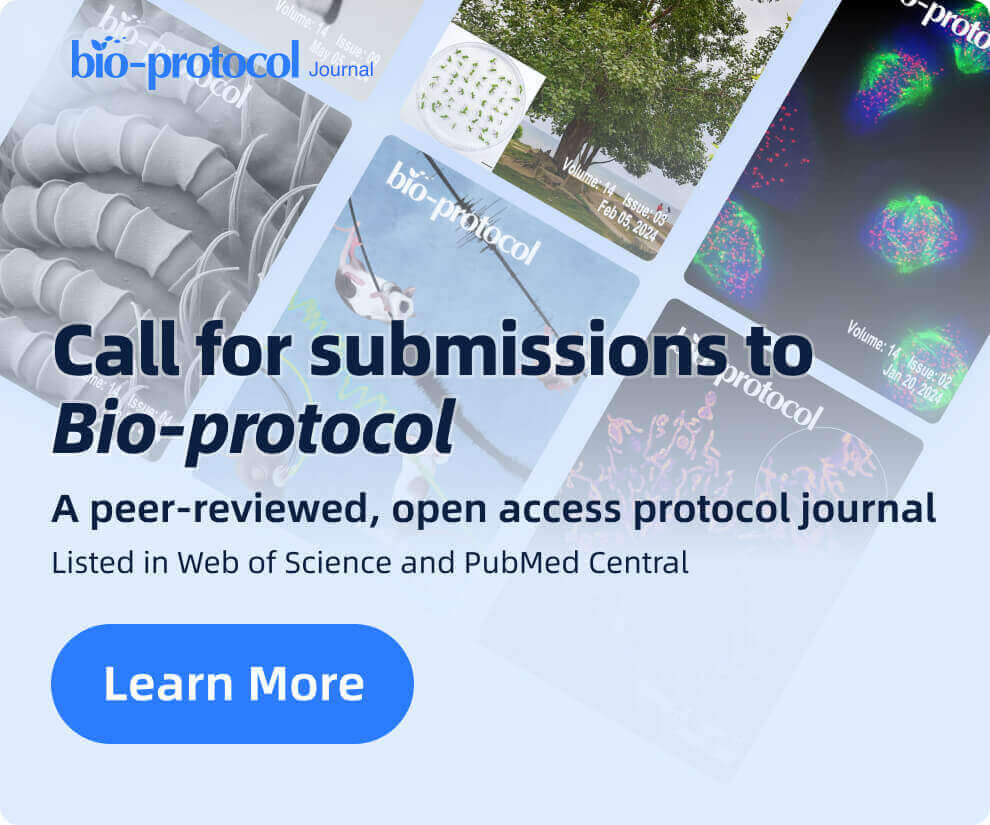Abstract
Patient-derived organoids (PDOs) have revolutionized cancer research by preserving tumor heterogeneity and predicting drug responses. However, studying hormone receptor–positive (HR+) breast cancer remains challenging due to the low take rate of PDOs and the frequent loss of estrogen receptor (ER) expression over time. Additionally, the tumor microenvironment, particularly cancer-associated fibroblasts (CAFs), plays a crucial role in disease progression and therapeutic resistance but is often excluded from in vitro models.
This webinar will feature an optimized protocol that enables the simultaneous propagation of HR+ PDOs and their matching CAFs from both primary and metastatic breast cancer samples. This approach significantly improves PDO take rates (~50%), maintains ER expression in long-term cultures, and incorporates CAFs to better model tumor–stroma interactions and resistance mechanisms.
Join us to explore the development and applications of this advanced dual culture system, its advantages over existing models, and its potential to enhance breast cancer research and therapy development.
Highlights
- Optimized protocol for simultaneous isolation of PDOs and matching CAFs.
- Improved take rate (~50%) and long-term ER expression retention.
- Advanced media formulation for culturing HR+ organoids from primary and metastatic tumors.
- Co-culture system for studying tumor–stroma interactions and drug resistance.
- Applications in therapy development and breast cancer research.
Speaker
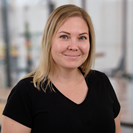
Jenny M. Högström, Ph.D.
Instructor in Medicine, Beth Israel Deaconess Medical Center
Dr. Jenny M. Högström is an Instructor in Medicine at Beth Israel Deaconess Medical Center (BIDMC) and Harvard Medical School (HMS), where she is c...
View more
Moderator
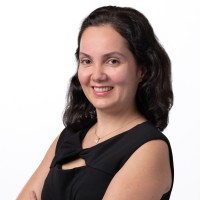
Ilgen Mender, Ph.D.
Director of Biology Research, MAIA Biotechnology, Inc.
Dr. Ilgen Mender is a cancer biologist specializing in telomere and telomerase-targeted therapies for cancer treatment. She currently serves as the...
View more
Keywords
Patient-derived organoids (PDOs), Cancer-associated fibroblasts (CAFs), Tumor microenvironment, Co-culture model, Hormone receptor-positive breast cancer, Drug resistance, Metastatic breast cancer
References
Högström, J. M. and Muranen, T. (2025). An Optimized Protocol for Simultaneous Propagation of Patient-derived Organoids and Matching CAFs. Bio-protocol 15(2): e5160. DOI: 10.21769/BioProtoc.5160.
Hogstrom, J. M., Cruz, K. A., Selfors, L. M., Ward, M. N., Mehta, T. S., Kanarek, N., Philips, J., Dialani, V., Wulf, G., Collins, L. C., et al. (2023). Simultaneous isolation of hormone receptor–positive breast cancer organoids and fibroblasts reveals stroma-mediated resistance mechanisms. J Biol Chem. 299(8): 105021.
Do you have a question about this webinar?
Post your question, and we'll invite the webinar speaker to respond. You're welcome to join the discussion by answering or commenting on questions ( Note: Not all questions, especially those not directly relevant to the webinar topic, may be answered by the speaker. ).
Tips for asking effective questions
+ Description
Write a detailed description. Include all information that will help others answer your question.
15 Q&A
how to properly passage the organoid culture as I loose my culture growth mostly in first passage. Also how to count organoids for plating
